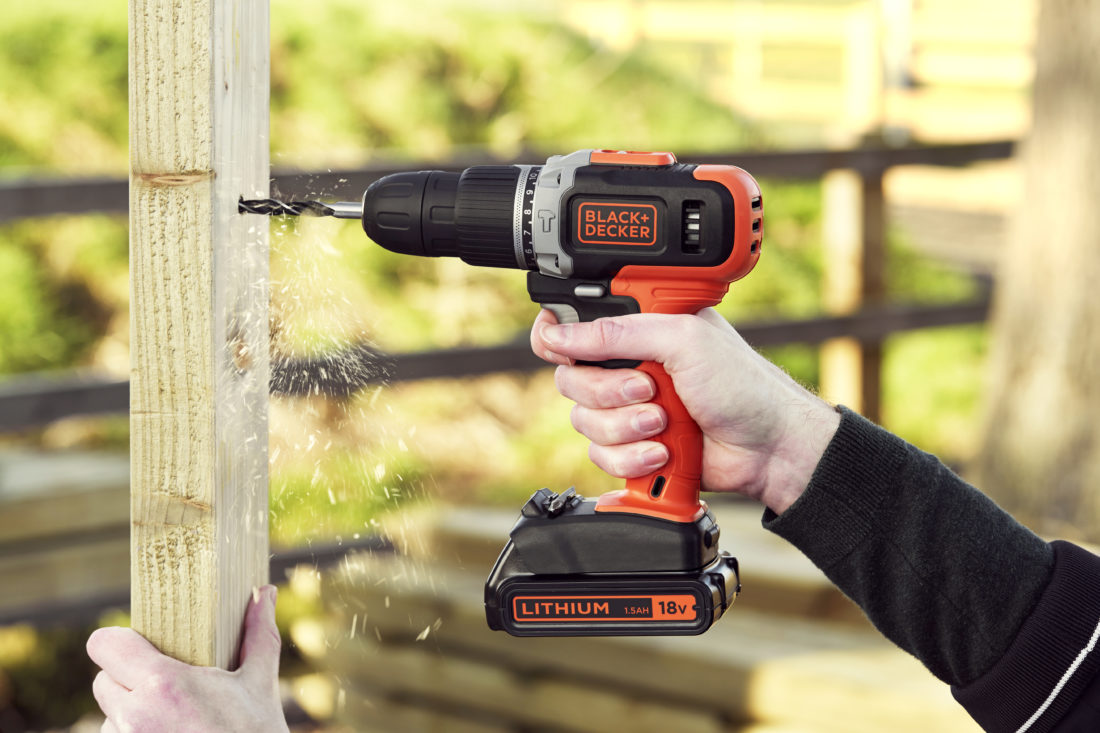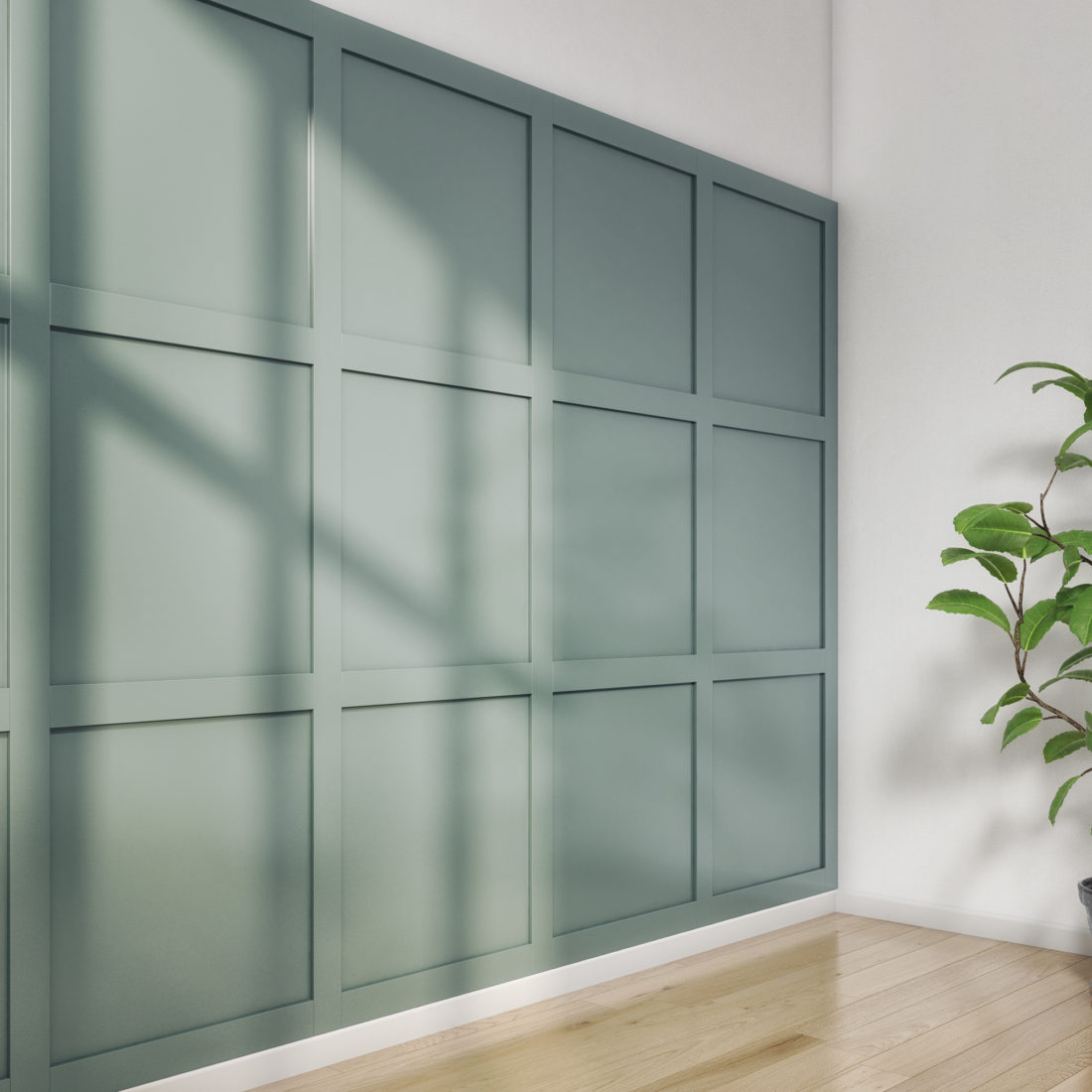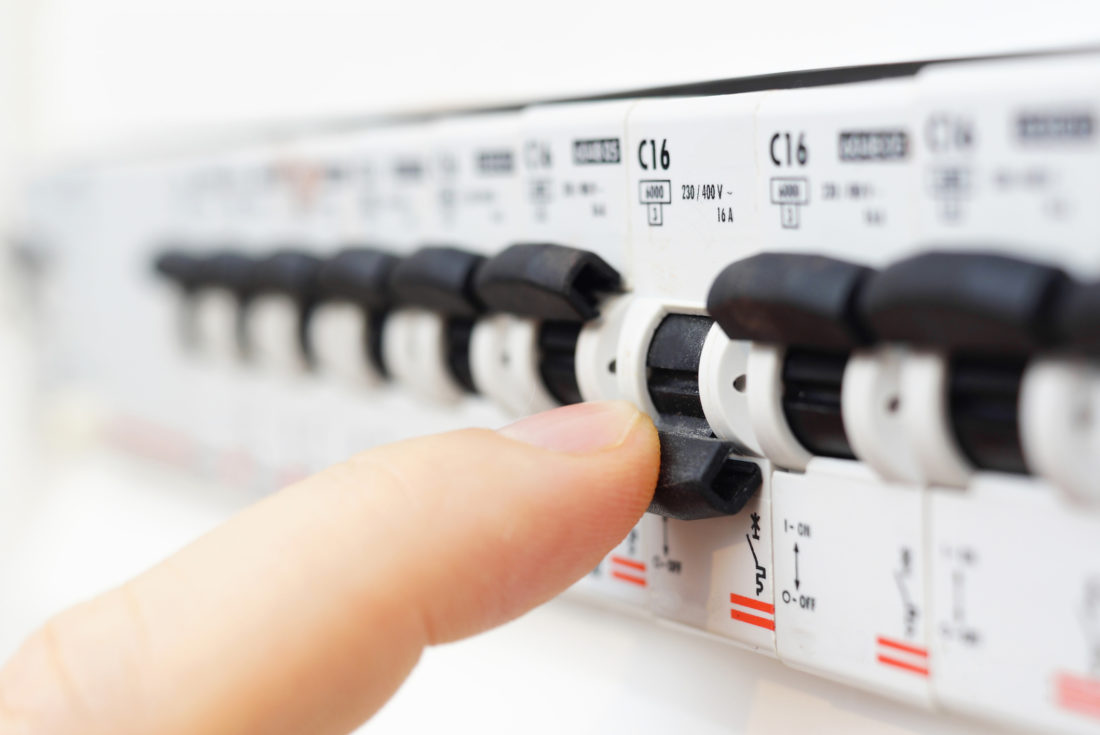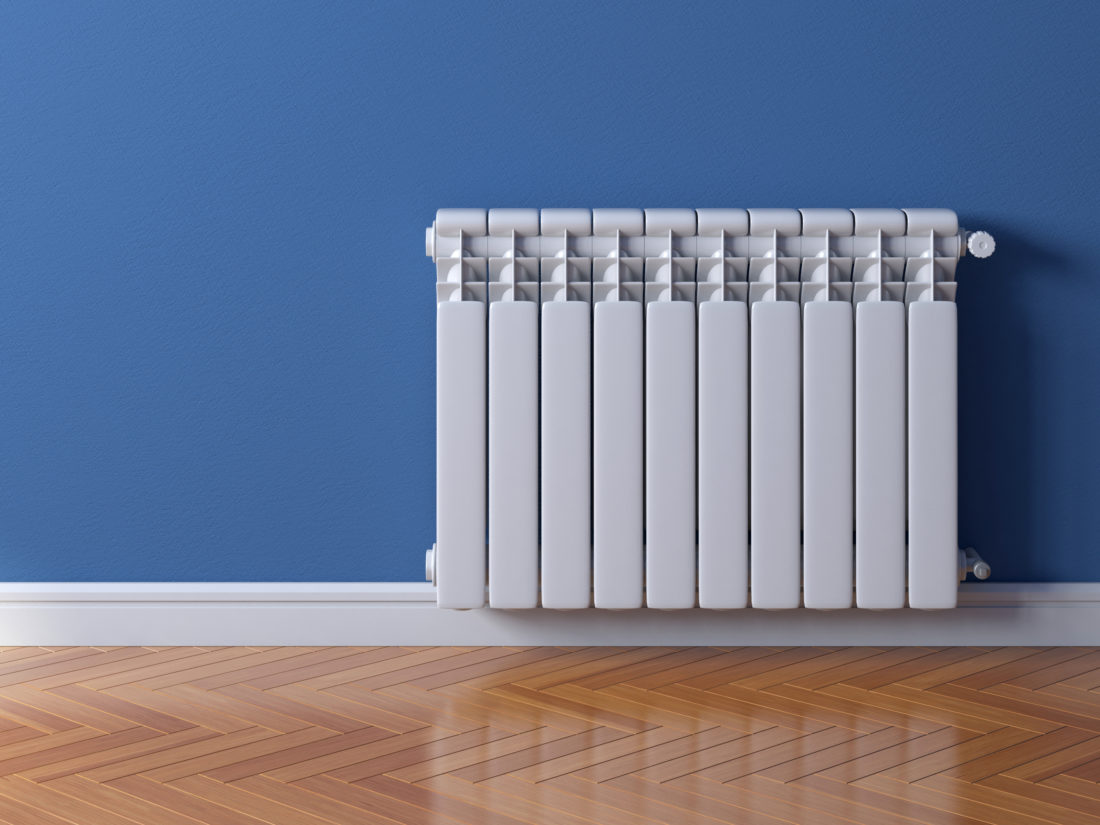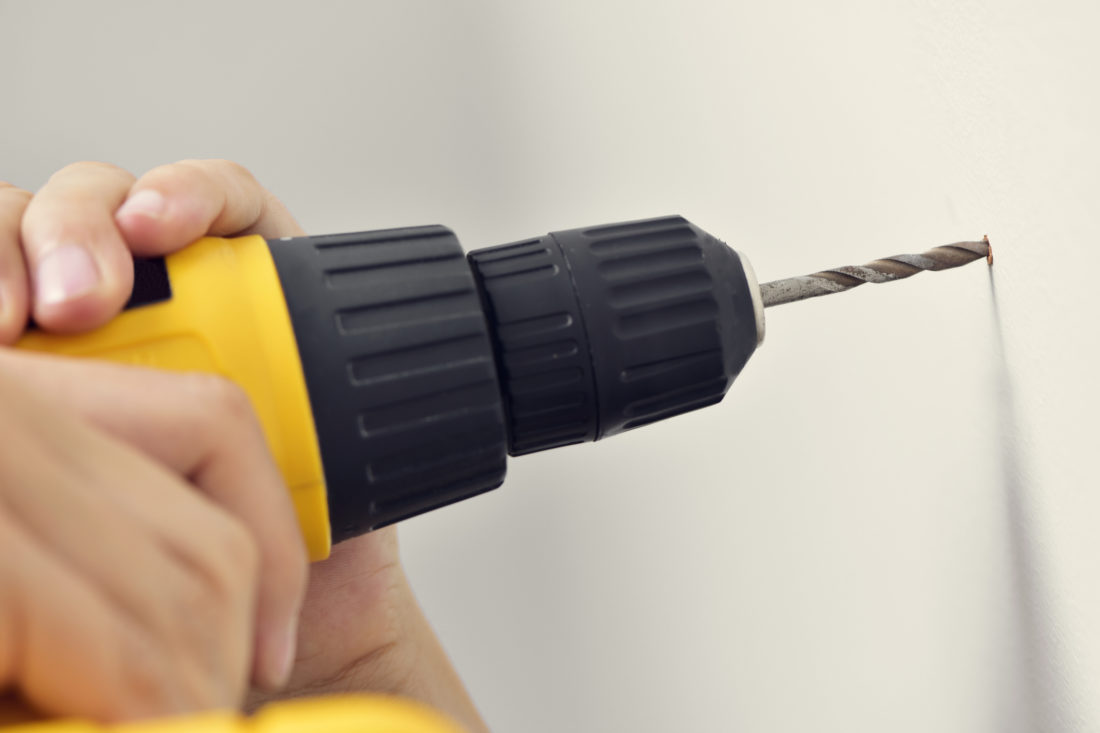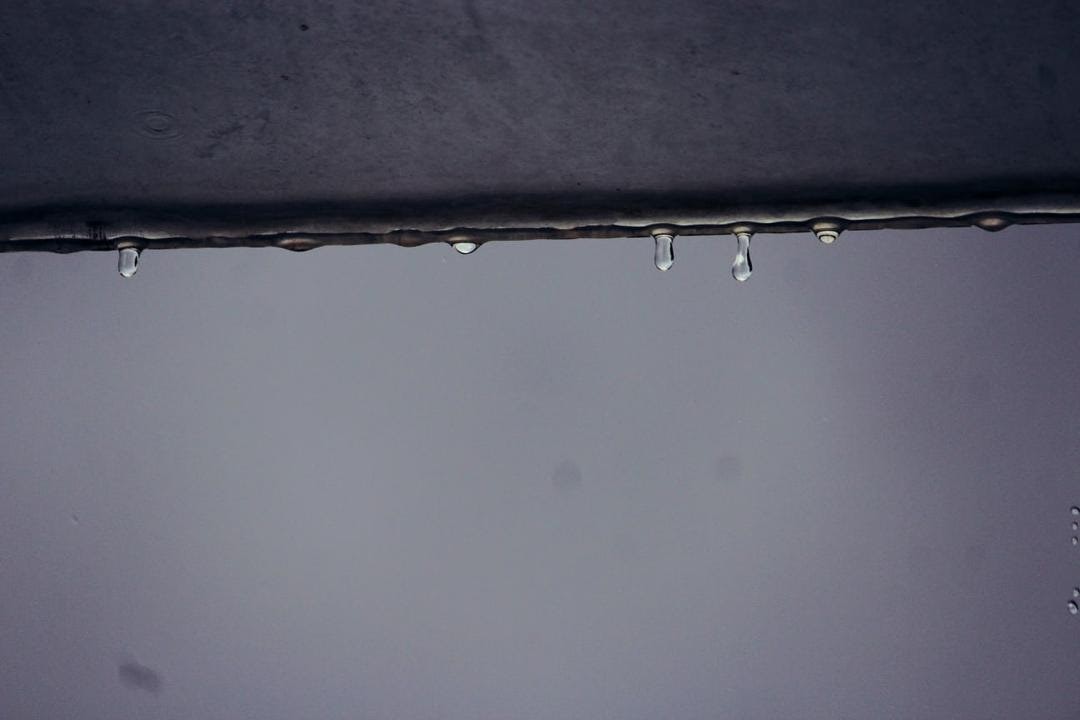How to Insulate an Attic
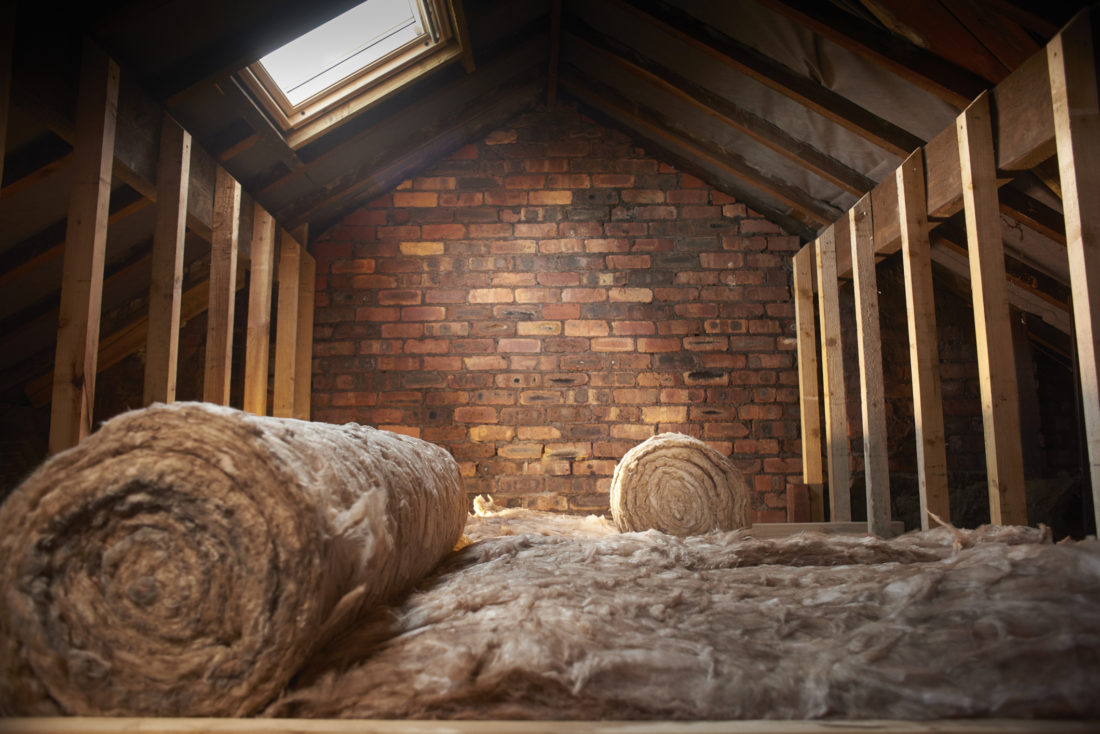
Attic insulation may not be the most glamorous of home improvements, but it’s absolutely crucial in maintaining temperature levels and keeping heating costs down in your home.
Whether you’re starting from scratch or have old insulation that needs an update, insulating an attic yourself at home is a very doable task with the right equipment and some top tips from our team. Read on to find out how to insulate your attic quickly and easily.
Why Insulate Your Attic?
Attic insulation comes with a list of benefits for your home and your wallet alike.
Insulation Saves You Money
Heating is often one of the most expensive bills we pay, especially in winter. Proper attic insulation can help keep hot air in your home, lowering your heating costs overall.
Insulation Protects Your Air Quality
Leaks and gaps in your roofing can allow all sorts of toxins, mould particles and other unwanted guests to invade the air in your home. Insulation provides a protective barrier, keeping the air in your home cleaner and healthier.
Insulation Protects Your Building Quality
Thanks to its ability to keep your attic space warm, insulation can help prevent mould from growing, as well as not letting any water vapour from outside infiltrate your walls and erode them over time. It can also prevent any rapid heat fluctuations that can cause wooden roofing to swell and contract, eventually becoming damaged.
Can I Insulate My Attic Myself?
You sure can! Follow our step-by-step guide to insulate your attic below.
However, for more complicated jobs, it’s always better to contact a professional to install your attic insulation. Any major damage to roofing, wiring or building structure could be potentially dangerous, so getting a builder or roofer in is your best bet.
Tools for the Job
Safety Note
Some insulation materials irritate your skin and throat so wear a mask, rubber gloves, and goggles and tuck in your clothes when handling these materials. Stretch a long board across two or three joists to walk and kneel on. Do not stand on the section between the joists or your foot is likely to go through the ceiling.
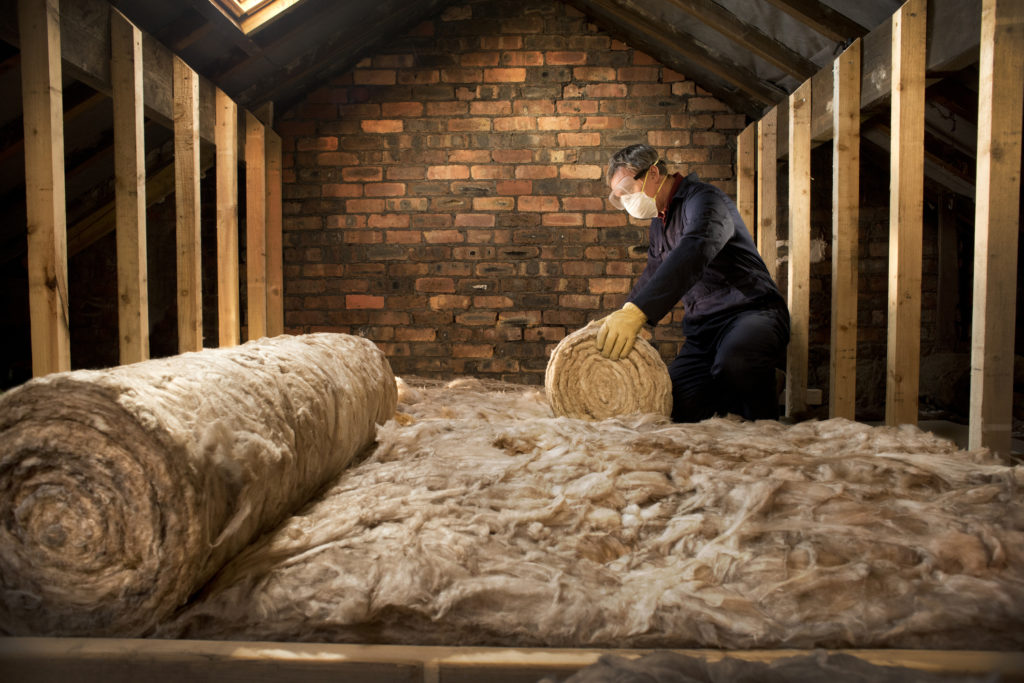
Step 1
Make sure the attic is clear before starting. Most homes will have a basic amount of insulation installed already. Your home might have a small amount of basic attic insulation fitted between the joists already, but we recommend adding high-density top-up insulation that has a soft tissue facing with easy-to-follow grid lines to make sizing, installing and cutting even easier.
Step 2
Keep the wrapping on when transporting the rolls of insulation into the loft. Open one pack at a time as and when you are ready to install it.
Step 3
Start at the eaves furthest from the attic door. Roll out the top-up insulation in the opposite direction to the existing insulation. Make sure to leave a gap at the eaves so that air can flow through the attic via the soffit. Take care to stand only on the joists when working.
Top Tip: In hard-to-reach areas use a sweeping brush to push the insulation into place.
Step 4
If you are joining two rolls, cut the second roll to measure and make a butt joint by pressing the ends tight to each other. Do not leave any gaps.
Step 5
By now you might be wondering how to insulate an attic roof. For added energy saving, use a foil top-up quilt, which will reflect infra-red radiation. This quilt is not only effective in winter, reflecting heat back into the building and keeping the cold out, but it is also just as effective in the summer for keeping your home cooler.
Attach this directly to the rafters with a staple gun. Finish any seals using a foil tape
Step 6
It is also essential to insulate water storage tanks and pipes to prevent them from freezing. For your cold water tank, you need to install a cold water tank cover. This can help prevent water from freezing during adverse cold weather.
Step 7
For your pipes use semi-split pipe insulation. This is very easy to install and is simply secured in place with tape.
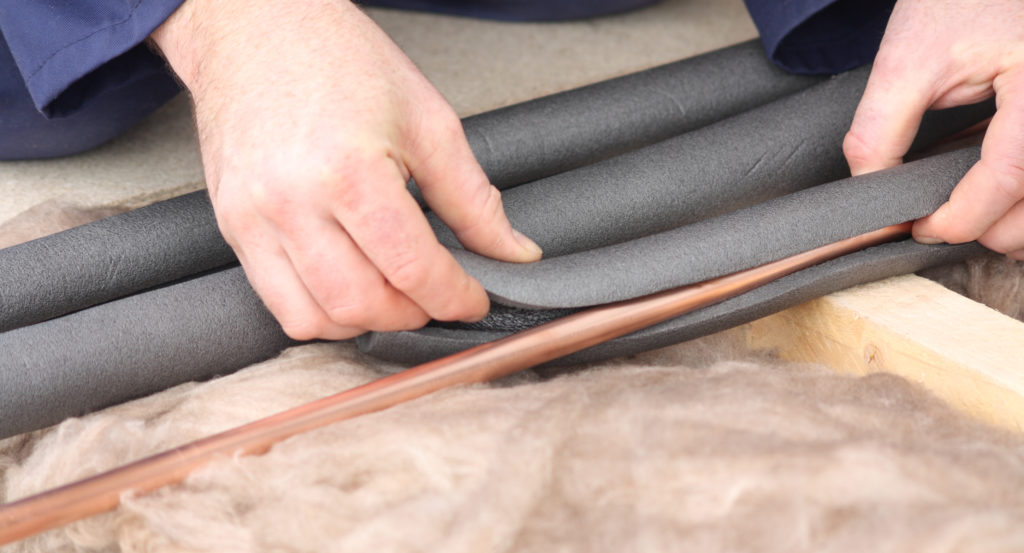
Attic Insulation: FAQ
Should I Remove Old Attic Insulation Before Adding New?
In most cases, it’s not necessary to remove old attic insulation before installing new insulation. However, if the old insulation has gotten damp or wet, you’ll need to remove it completely before going ahead with your new attic insulation.
How Often Should You Insulate Your Attic?
Some types of insulation can last longer than others, but as a general rule of thumb, it’s a good idea to insulate your attic approximately every 20 years.
Is Attic Insulation Dangerous?
Correctly installed attic insulation is not dangerous.
Some danger arises from incorrectly installed insulation, insulation that uses the wrong substances, or is improperly handled during use. Fibreglass and chemicals used in insulation can irritate lungs and skin and can be particularly dangerous for people with asthma or other respiratory problems.
It is of the utmost importance to follow the manufacturer’s instructions and wear the correct safety gear when installing attic insulation yourself.
What is the Best Type of Attic Insulation?
There are a few different types of attic insulation out there, but here we look at the pros and cons of two of the most common.
Loft Roll Insulation
Loft roll insulation can be made of fibreglass or mineral wool. Typically, mineral wool insulation is less potentially irritating to the lungs during installation and is our recommended choice.
Loft roll, or sheets of insulation, tends to be more cost-effective than spray foam. It’s simple and fast to install yourself. You do need to be careful to ensure there are no gaps or air leaks, as that will compromise its performance.
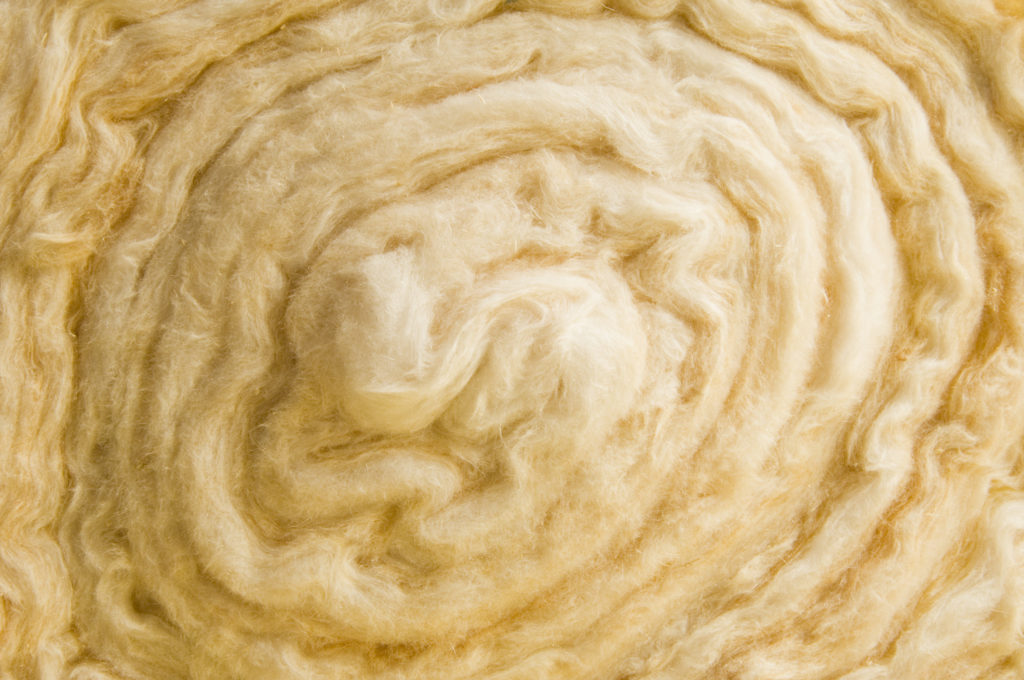
Spray Foam Insulation
Spray foam insulation is exactly what it sounds like: an expanding insulating foam that’s sprayed onto walls or floors.
Spray foam insulation won’t leave any gaps thanks to the installation process, however, it can be costly and the foam can be toxic until cured. It’s possible to install spray foam insulation yourself, but we recommend investing in a professional to do so.
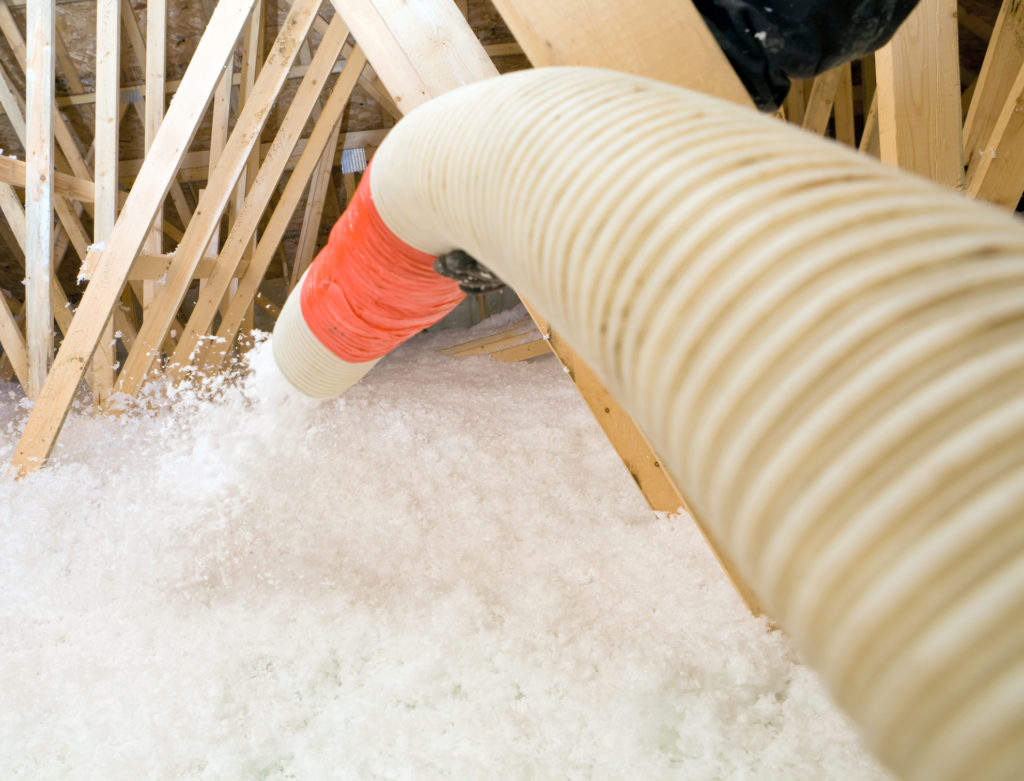
How Much Does it Cost to Insulate an Attic?
The big question: how much to add insulation to an attic?
Naturally, the cost of insulating an attic can vary wildly depending on the amount of insulation required, the type you choose and whether you choose to install it yourself or not. Ultimately, adding insulation to an attic will save you money in the long run, so is very worth the initial investment.
In some cases, you might qualify for a grant to help you install insulation in your attic space. You can find out more about attic insulation grants from the Sustainable Energy Authority of Ireland.
As a general rule, mineral wool attic insulation costs roughly €5 per square metre.
Spray foam insulation can cost anywhere from €20 all the way up to €60 per square metre, plus the cost of the installation itself.
Thankfully, we have all you need for attic insulation at Woodie’s, and our team has all the tips and tricks you need for easily insulating your attic yourself at home.
Shop insulation at Woodie’s >>
These methods serve as a guide only. We encourage you to take full caution when undertaking any project within the home.



